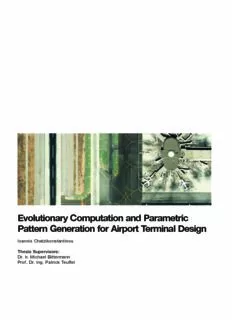
Evolutionary Computation and Parametric Pattern Generation for Airport Terminal Design PDF
Preview Evolutionary Computation and Parametric Pattern Generation for Airport Terminal Design
Evolutionary Computation and Parametric Pattern Generation for Airport Terminal Design Ioannis Chatzikonstantinou Thesis Supervisors: Dr. Ir. Michael Bittermann Prof. Dr. Ing. Patrick Teuffel Ioannis Chatzikonstantinou Evolutionary Computation and Parametric Pattern Generation for Airport Terminal Design Graduation Thesis for the MSc Building Technology at TU Delft. June 2011 Thesis Supervisors: Dr. Ir. Michael Bittermann Prof. Dr. Ing. Patrick Teuffel To my sister, Anastasia Ioannis Chatzikonstantinou / Contents Introduction 8 1. Research Methodology 10 1.1. Passenger Terminal Typology 10 1.2. Parametric Model 10 1.3. Delveopment of the Evolutionart Algorithm Component 11 1.4 Testing and Case Studies 11 2. The Design of the Passenger Terminal 12 2.1. Passenger Terminal Positioning 12 2.2. Functional Organization 14 2.3. Operational Efficiency and Movement 15 2.4. Retailing and Commercial Activity 16 2.5. The Level Of Service (LOS) Standards 17 2.6. Energy Performance 17 3. Defining a Design Model 19 3.1. The Airport Terminal Model 19 3.1.1. Generative Principles 19 3.1.2. Design Parameters 21 3.2. Performance Criteria 21 3.2.1. Cost 22 3.2.2. Accessibility 24 3.2.3. Energy Performance 26 3.2.4. Retail Suitability 28 3.3. Constraints 29 3.3.1. Self Intersenction 29 3.3.2. Aircraft Circulation 30 3.3.3. Capacity 30 3.3.4. Fuzzifying Goals 31 3.3.5. Combining Hard and Soft Constraints 32 4. Optimizing Solutions 38 4.1. Evolutionary Computation 38 4.1.1. Structure and Function of EAs 38 4.1.2. Single and Multi-Objective EAs 39 4.1.3. Objective Functions and Constraints 40 4.2. The NSGA-II 40 4.2.1. Process 40 4.2.2. Elitism 42 4.3. The Implemented Algorithm 43 5. Testing and Case Study 44 5.1. The ZDT-1 Test 44 5.2. Model Testing 44 5.2.1. Preparation 44 5.2.2. Testing 46 5.2.3. Discussion 46 6 Evolutionary Computation and Parametric Pattern Generation for Airport Terminal Design 5.3. Case Study 47 5.3.1. Site Conditions 47 5.3.2. Adapting the Parametric Model 48 5.4. Moving on to Detail 51 5.4.1. The Parametric Definition of the Envelope 51 5.4.2. Optimizing Solutions 53 6. Conclusions 62 7. References 63 Appendix A1 66 Appendix A2 70 Appendix A3 76 Appendix A4 84 Appendix A5 90 7 Ioannis Chatzikonstantinou Fig. 1 Overview of the final case study that has been designed using the proposed computational optimization method, both regarding the layout as well as the facade development. 8 Evolutionary Computation and Parametric Pattern Generation for Airport Terminal Design / Introduction It is without doubt that airport terminals are some of the most complex building types in existence. Their scale, the nature of their functions, the strict security measures as well as the function-specific components and building equipment that is present in such buildings are all factors that increase their level of complexity as a building type. In a real design situation, dealing with the variety of design parameters that the design of an airport terminal incorporates can be a difficult task to manage and may sometimes become an impediment to the design process. Furthermore, solely because of the enormous amount of possible design solutions that exists even for a relatively small set of design parameters1, the discovery of optimal or near optimal solutions through a traditional design approach is not guaranteed to happen. Standardization is the traditional remedy to this kind of complexity- induced problems and it’s results are clearly evident in buildings such as airport terminals. However, the existence of a wide range of different design contexts, goals and requirements, as well as arbitrarily defined case-specific issues, gives birth to a “design space” that is wide enough to be worthwhile of exploration. Given these assumptions, it is proposed within the context of this thesis that the design of layouts for airport terminals be addressed by the use of computation-based design methods. Specifically, the method outlined in this report is centered around the design of a Parametric Model that represents a spectrum of airport terminal designs and an Evolutionary Algorithm to search for solutions within this spectrum that are optimal according to predefined effi- ciency and sustainability related criteria. The method will be evaluated by applying it to a case study, which will be the investigation of an alternate proposal for the New Doha International Airport in Qatar. 1 This situation is commonly referred to in literature as “Combinatorial Explosion”. It occurs when a huge number of possible combinations are created by increasing the number of entities which can be combined--forcing us to consider a constrained set of possibilities when we con- sider related problems. It outlines vividly the enormous design domains that are encountered even in relatively simple problems, let alone in complex design fields such as architecture. 9 Ioannis Chatzikonstantinou 1 / Research Methodology The methodology that the thesis is based on can be broadly divided into four different parts: 1. Research on the Passenger Terminal Typology 2. Design of a Parametric Model that is able to generate a range of Airline Passenger Ter- minal layouts 3. Implementation and development of an Evolutionary Algorithm (NSGA-II) into a com- ponent for the Grasshopper Parametric Design Environment 4. Testing of the coupled Parametric Model with the EA; investigation of a case study using the proposed design method. Advancement of one picked solution to a greater level of detail. 1.1. Passenger Terminal Typology This stage includes all literature study that has been done to identify the particular charac- teristics and priorities that take part in the design of airport terminals. Topics that will be covered range from the study of movement within terminals to the climate design and suit- ability for retail use. A detailed overview of this stage and the findings regarding the design of airport passenger terminals are discussed in the 2rd section of this report. 1.2. Parametric Model This stage includes the work done on the generation of the parametric model of the airport terminal, the implementation of the design objectives into parametric functions related to the input parameters of the model and finally the development of the EA itself into a component for the Grasshopper Parametric Modelling Environment. The development of the parametric model of the airport terminal is discussed in section 3 of the report. Fig. 2 Computer rendering of a generated solution. 10
Description:The list of books you might like

The Strength In Our Scars

Mind Management, Not Time Management

$100m Offers

Haunting Adeline

Актуальные проблемы частного и публичного права. Вып. 10. Конференция

История футбола СССР. Чемпионат СССР. Класс А 1950 год

by Alexandre Dumas adapted by Carol M. Rice
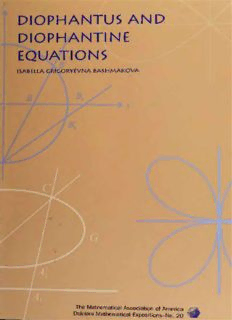
Diophantus and Diophantine Equations

Annamaachchaaryarin Kiirttanaikal’
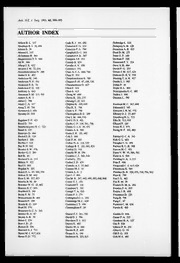
The Australian and New Zealand Journal of Surgery 1993: Vol 63 Index

Tirun-et’un-taand-t’akattil Akapporul’

International Political Science Review 1993: Vol 14 Index
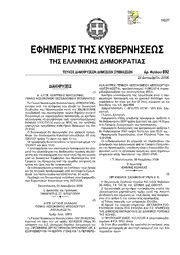
Greek Government Gazette: Part 7, 2006 no. 892
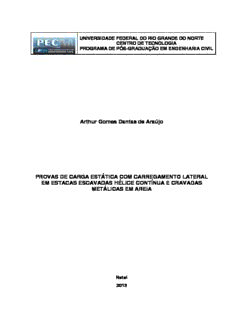
Arthur Gomes Dantas de Araújo PROVAS DE CARGA ESTÁTICA COM CARREGAMENTO ...
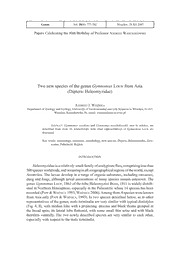
Two new species of the genus Gymnomus Loew from Asia (Diptera: Heleomyzidae)

1 AJANTA BULDHANA.cdr
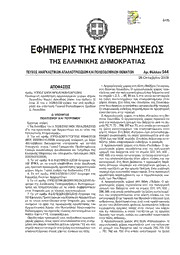
Greek Government Gazette: Part 10, 2009 no. 544
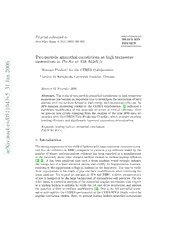
Two-particle azimuthal correlations at high transverse momentum in Pb-Au at 158 AGeV/c
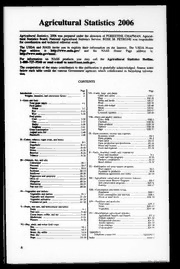
Agricultural Statistics 2006: Table of Contents
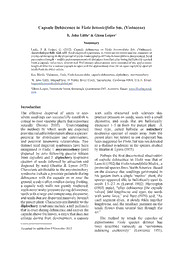
Capsule Dehiscence in Viola betonicifolia Sm. (Violaceae)

Las edades de Lulú

Calendario attività_programma_regolamento settore Judo Aics 2018

![A new species of the genus Polystoma (Polystomatidae, Monogenea) parasitic in Rana pleuraden Boulenges [Boulenger] book image](https://cdn.pdfdrive.to/media/content/thumbnails/a72260df-acae-48a6-9b1d-922d50398a65.webp)
